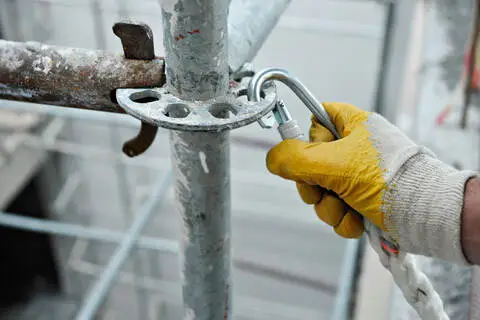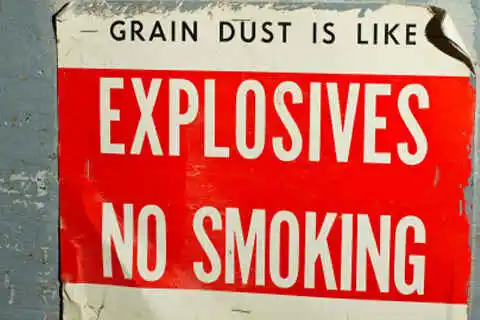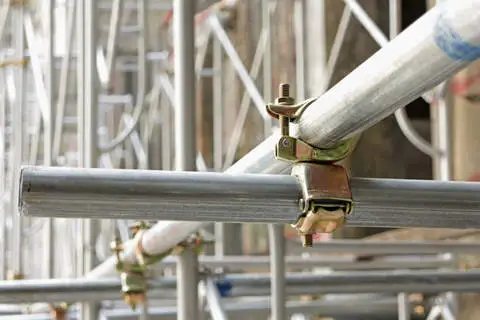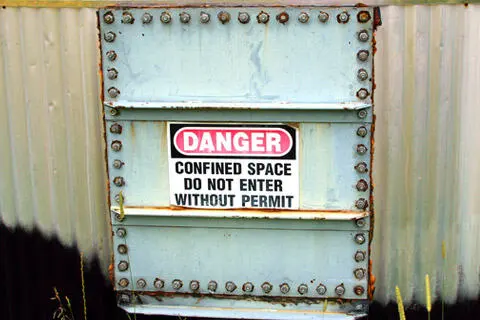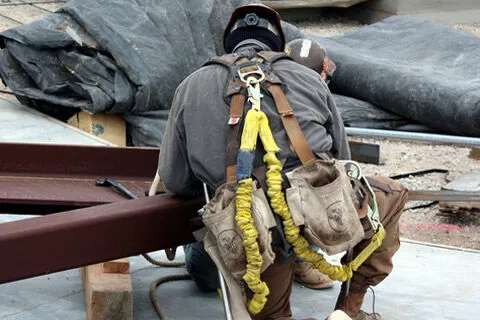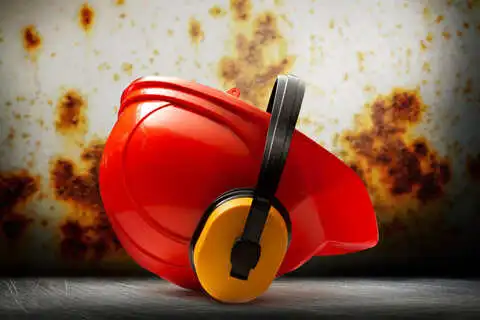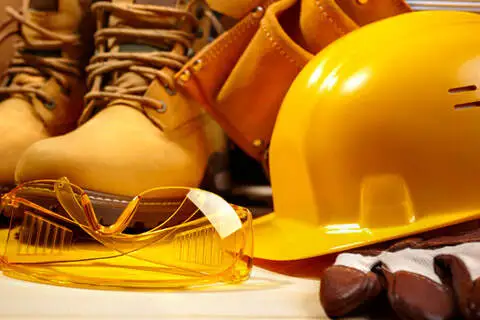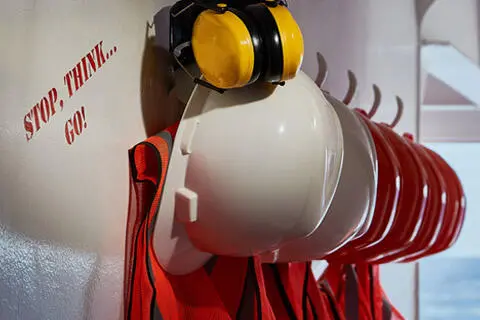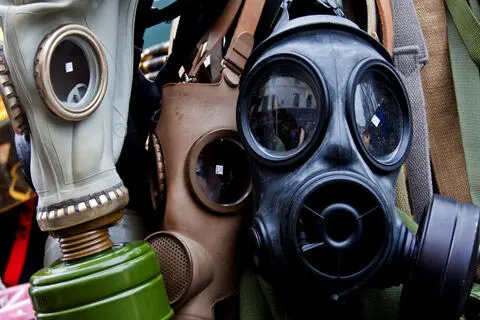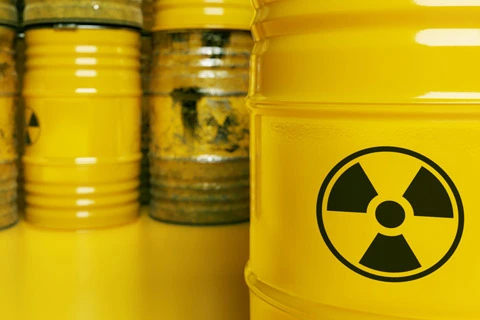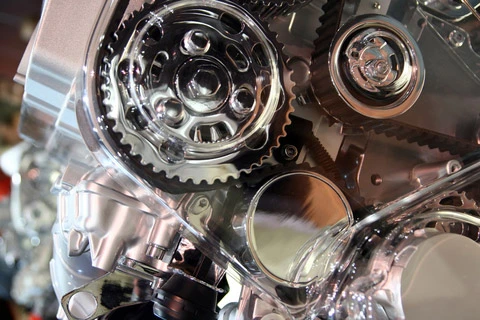
Welding Safety Standards
Welding Safety Standards address the full spectrum of safety considerations within the welding industry, covering everything from generally applicable guidelines to requirements specific to a single piece of equipment used for a single welding procedure. With welding's potential effects on health and safety, and given the large amounts of energy necessarily involved in welding, welding safety standards are vital in their role of protecting the safety of those involved, as well as safeguarding property and assuring the reliability of welding designs and consistency of manufacturing output.
